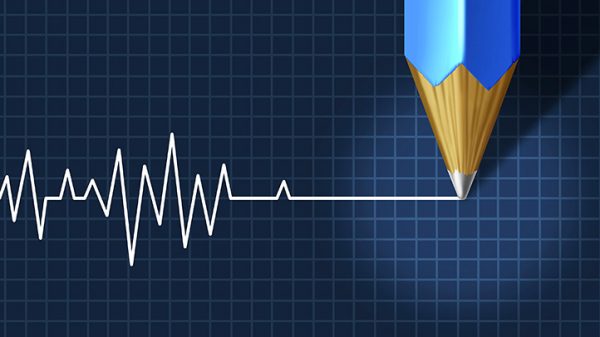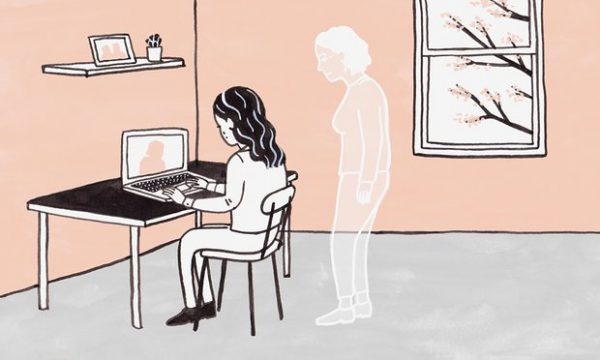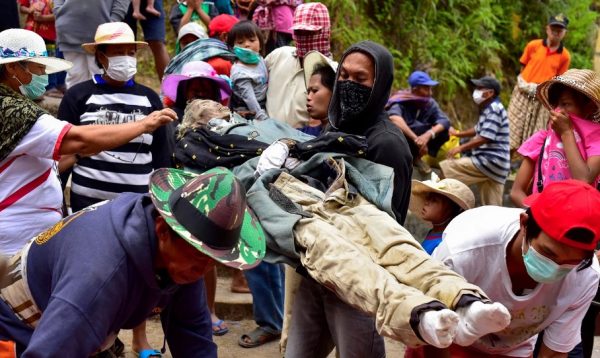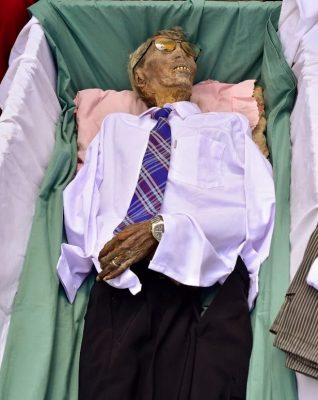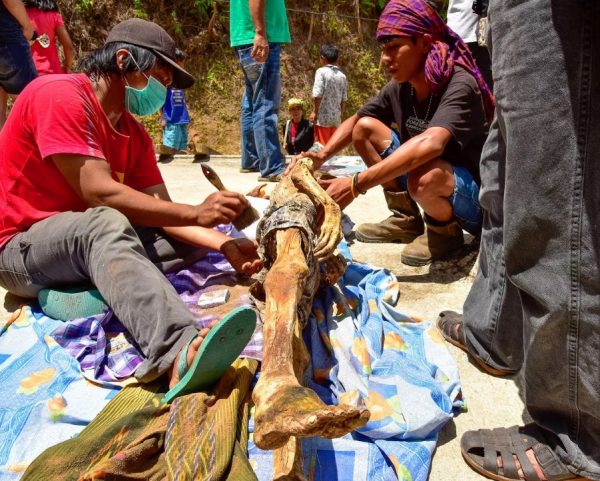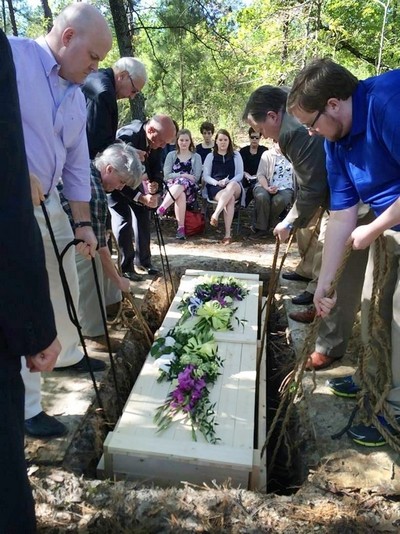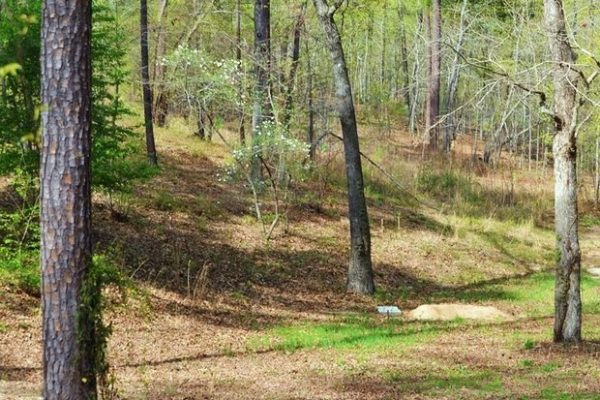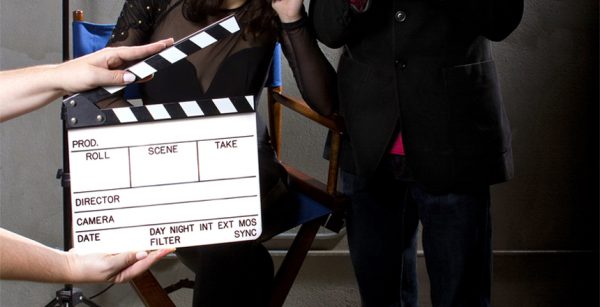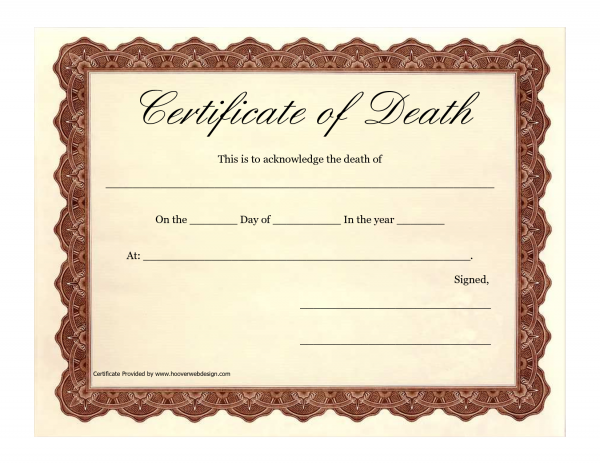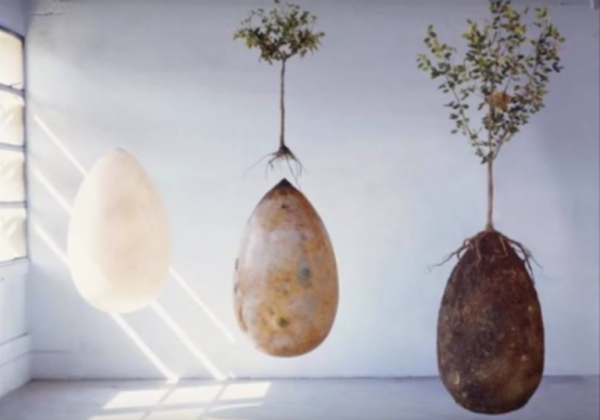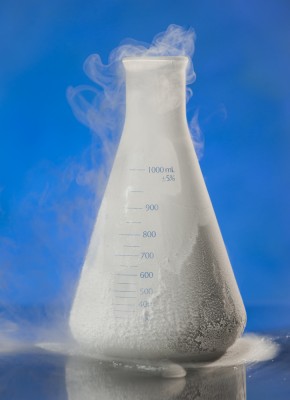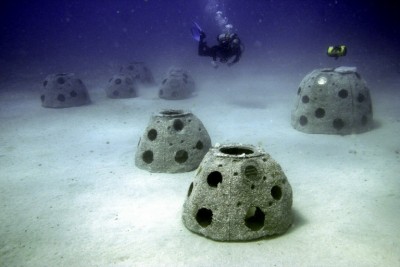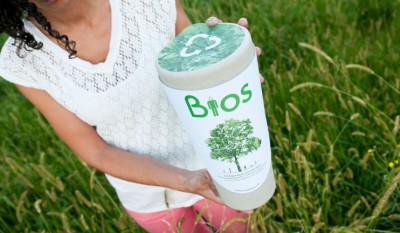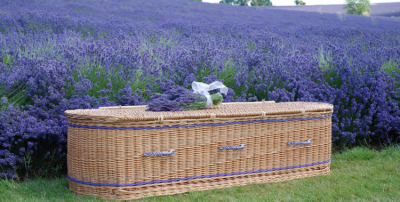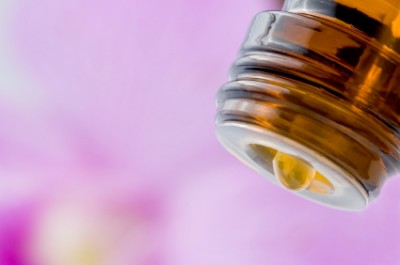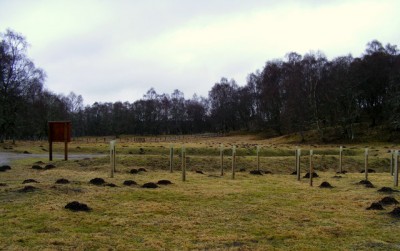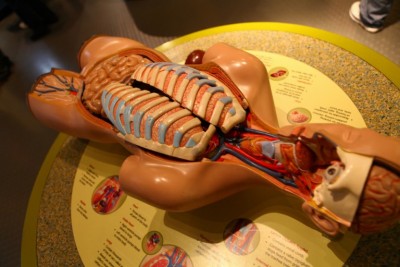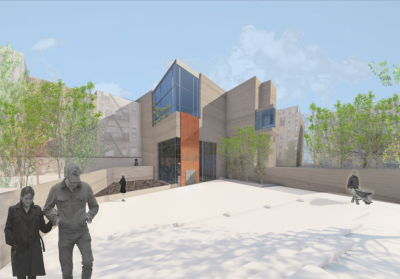Learn what science has discovered so far about what happens when we die.
Death is a subject many people do not like to discuss, but it’s a part of life that we will all have to face. Sometimes the more you know about a certain subject, the less frightening it becomes. Here are 10 things you may not know about dying.
1. Dying is often a process. There are numerous causes of death, many of which are instant. For people who know death is approaching — whether from sickness or old age — there are certain signs. These signs include slowed breathing, weakened heart rate, and a change in color, says Zachary Palace, MD, medical director of the Hebrew Home at Riverdale in New York.
“In general, in the time leading up to death, usually the person will become pale because of a drop in blood pressure,” he says. “The fingers may get cold or turn blue. If you feel the pulse, it will be weak, and then they start to develop an irregular type of breathing, and that’s a sign that things are pretty ominous.”
2. When breathing slows, death is likely near. Dr. Palace explains that there may be gaps in between breaths where it looks like the person stopped breathing for 15 to 20 seconds. He says families often worry at this point, but he assures them that it’s a normal part of the dying process.
3. There are two stages of death. The first stage, known as clinical death, occurs when a person’s heart stops beating. About four to six minutes later, brain cells start to die from the loss of oxygen and biological death occurs.
4. Resuscitation may be possible during clinical death. But it’s not possible during biological death. However, doctors may be able to delay biological death by cooling the body, thus extending the window for possible resuscitation. Palace also points out that drowning victims or people in a colder environment may also delay biological death. “The colder the body is, the slower the metabolic rate,” he explains, “so you’re using oxygen up slower and that window may be longer.”
5. Hearing may be the last sense to go. Though it has not been scientifically proven, it is widely believed that hearing is the last of the senses lost before death. “It’s the most passive sense,” Palace explains. He says that when death seems imminent, “weencourage families to talk and share their last thoughts, love, and support with their loved ones because even though the blood pressure is dropping and they’re fading out, they can hear what we’re saying.”
6. You may urinate and defecate. When we’re alive, our brain is constantly sending signals to tell different parts of our body what to do. At death, these signals stop, and our muscles mostly relax. “The neck of the bladder and the sphincter are in a constant state of contraction, so when there’s no more neural signals to the bladder or bowels, then they relax,” Palace says. “So it’s not uncommon just after death for urine to come pouring out or for someone to defecate.”
7. Morphine is only used to ease the pain associated with passing. Palace says the biggest misconception he hears is that morphine is given to patients to help induce death. He says this couldn’t be further from the truth. “Obviously, physician-assisted suicide is not legal in most states, so morphine is not given to help hasten the end,” he says.
When people are dying, Palace explains, blood pressure drops and they are getting less oxygen to their organs. The body responds by gasping for air in a futile attempt to increase their respiratory rate. Doctors refer to this as air hunger. “That gasping is very difficult for families to see, as it obviously looks painful, and that’s where the role of morphine comes in,” Palace says. “The proper dose of morphine relieves the sense of air hunger, so they’re breathing more calmly and more comfortably.”
8. The body as a whole may be dead, but certain parts within are still alive. The brain is the first organ to begin to break down, and other organs follow suit. Living bacteria in the body, particularly in the bowels, play a major role in this decomposition process, or putrefaction. This decay produces a very potent odor. “Even within a half hour, you can smell death in the room,” he says. “It has a very distinct smell.”
9. There may be a scientific explanation to the notion of your life flashing before your eyes. A 2013 study from the University of Michigan found that dying rats displayed high levels of brain waves shortly after their hearts stopped beating. Researchers believe the finding could have implications for humans and possibly explain the near-death experiences many cardiac arrest survivors report. “It will form the foundation for future human studies investigating mental experiences occurring in the dying brain, including seeing light during cardiac arrest,” lead study author Jimo Borjigin, PhD, said in a statement.
10. Consciousness may continue after death. There is little scientific research available that tells us what happens to the mind after death, but a 2014 study may offer some insight. Researchers at the University of Southampton in England examined over 2,000 cardiac arrest patients in the United States, United Kingdom, and Austria. Of those who survived, 140 were surveyed about their near-death experiences, and 39 percent reported feeling some kind of awareness while being resuscitated. This sense of awareness included feelings of peacefulness and a sensation that time slowed down or sped up. Thirteen percent reported feeling separated from their bodies. While only two percent exhibited full awareness, researchers say this proves that more studies need to be done.
Complete Article HERE!

